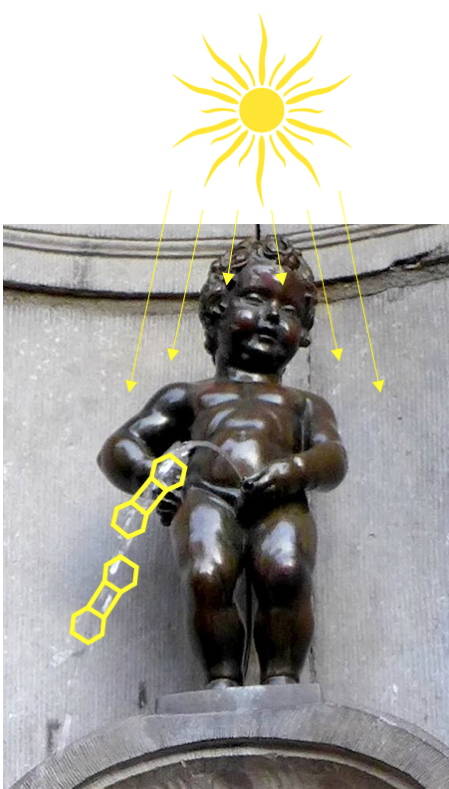
Do sunscreens adequately protect DNA? This is the question that researchers at our laboratory have been working on in collaboration with Laboratoires Pierre Fabre Dermo-Cosmétiques for over 15 years. Until now, studies have been carried out on reconstituted skin or on volunteers. These approaches have their limitations, due to the complexity of preparing
in vitro models and the need for invasive procedures in humans. To overcome these obstacles, we have targeted the small damaged DNA fragments released by repair systems, rather than directly the DNA in the nuclei. This required complex analytical set-up, including sample preparation, to study biological fluids such as culture media or urine [1].
Following highly informative
in vitro applications, we used the method in an exploratory clinical study involving volunteers before and after their summer holiday. The control group monitored their sunscreen use habits, while the control group was instructed to apply an SPF50+ product. To validate the urinary analytical approach, skin DNA measurements were also carried out.
Triple success: i) DNA damage was detected in urine, ii) its quantity correlated with that found in DNA, and iii) the careful application of sunscreen protected DNA
[2].